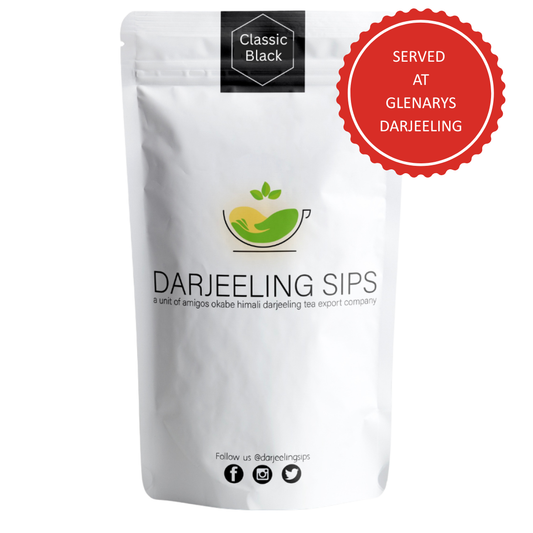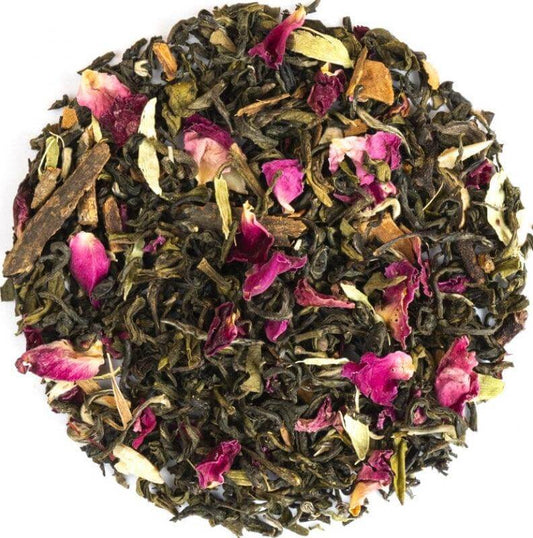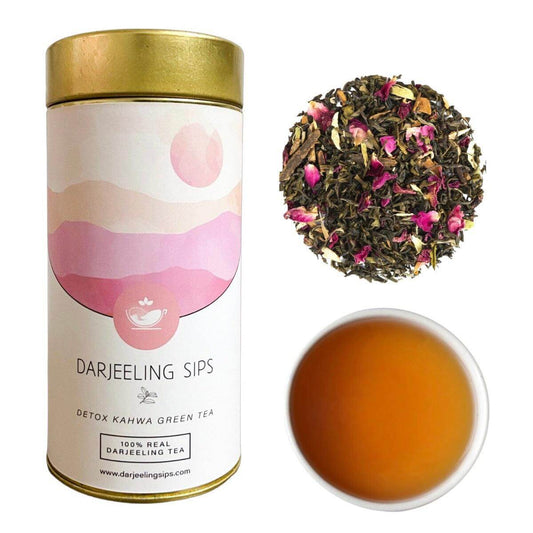DARJEELING: A PLACE THAT REJUVINATED SOULS.
“A Welcome
When you feel below, dead- beat,
Overpowered by trying heat,
Wom by day, at night no rest:
Then, ’tis surely manifest,
That you should at once take train;
Come above, and health regain!”
- Captain J.A. Keble
The advent of the eulogised town Darjeeling, as the ‘Queen of Hills’, was a fortunate stroke of serendipity for the Europeans during the British rule. Darjeeling which at the time was known as ‘Dorjiling’ was only a meagre forest tract belonging to the growing Gorkha Kingdom of Nepal in the late eighteenth century. The British ambitions in the Trans- Tibetan trade which would have to pass through Nepal, put Nepal into direct conflict with the East India company. The culmination was a bloody war, (Anglo Nepalese War) primarily fought between the kingdom of Gorkha (now the Federal Democratic Republic of Nepal) and the East India Company. The war ended with the signing of two historic treaties- The Treaty of Saugauli (1816) and The Treaty of Titalya (1817). Among many of the agreements, the tract of Darjeeling was handed over to the King of Sikkim. (Chogyal Tsugphud Namgyal)
Land poaching in the name of Sanatorium.
Darjeeling is widely renowned for its authentic tea flavours all around the world. However, the top facet that made Darjeeling so appealing to the British was its climate, which was a dichotomy to the humid and unhealthy air of the Indian plains. The British were summoned to succour Sikkim in order to ease its embroiling tensions with neighbouring Nepal. Appointed as the mediators were Captain Lloyd and J.W Grant, both commercial residents of Maldah in Northern Bengal. On their way to Sikkim, they arrived at Darjeeling, a land that was inhabited by a hundred souls of the Lepcha tribe. Intrigued by its ambience, the idea of using Darjeeling as a sanatorium was birthed.
In 1835, Captain Lloyd was successful in soliciting Darjeeling from the king of Sikkim. The Chogyal, who at first, remained ambivalent towards the prospect, reluctantly agreed to the hand over by leasing the aforementioned tract for an annual payment of three thousand rupees, “as a mark of friendship”. Consequently, Surgeon Major Campbell, formerly known for his services at the residence in Nepal took charge replacing Captain Lloyd in Darjeeling. For the next twenty-two years Archibald Campbell served as the superintendent of Darjeeling, overseeing its settlement and steady expansion. Within only a decade on lease, Darjeeling grew steadfastly, enabling opportunities for enterprise and commerce, ready to enclave European convalescents.

‘By 1845, the town consisted of the Kutchery (located in the building now in occupation by the Gymkhana Club) and about thirty other building of the meanest description; and the following residents with had some pretensions to respectability- Mount Pleasant, the residence of the LT- General Lloyd; One Tree House, since known as Beechwood, which was occupied by Dr Campbell, and thereafter by Lord Wick Brown, quondam commissioner, Jalpaiguri Division; another named “Bryanstone” after Brian houghton Hodgson, in which Sir Joseph Hooker lived in 1848, now the seat of the rector of St. Paul’s School: also the original St. Andrew’s Church at which the Chaplain of Berhampore officiated occasionally.’
The establishment, the colonisation and the expansion of Darjeeling’s trade were achieved through the poaching of its territory effectively becoming lucrative for the British. Subsequently, the allowance was raised to six thousand rupees for the revenue derived from the hill never exceeded twenty rupees.Nearing the end of a six-week stretch, wherein renowned explorers, Campbell and J.D Hooker were held captives in the Sikkim kingdom, the British government blatantly retaliated by sending troops to Darjeeling threatening an invasion. The entire episode resulted in the relinquishment of the 640 sq. Miles Sikkim Terai as part of the British territory frontier. By the 1860’s British acquisition of the surrounding Darjeeling hills further expanded by the annexation of Kalimpong from the Bhutanese Premiere.
“Money is growing in the tea bushes of Darjeeling!”
Campbell introduced tea to Darjeeling and believed in the efficacy of tea industry in the hill station. Word spread through Nepal that money had been growing in tea bushes that malignantly encouraged people to migrate from Eastern Nepal to Darjeeling for the purpose of hiring tea labourers, thus, increasing the population of the place. By the time Campbell left Darjeeling in 1861, the total population had grown to 60,000.
Relatively, the natives of Darjeeling had fewer cases of health issues making it contradictory to the scenario in mainland India. When J.D Herbert wrote his survey of the site, he recommended it a station of health for Europeans troops, mainly due to its cold climate. Its air was supposed to miraculously heal the debility in within the people. According to J.T Pearson, the army official who stayed there in 1839 commented the air imparted a feeling of “positive enjoyment”.
“For forty years, cholera has ravaged the plains continually. But, in all the period Nepal has been visited only twice and Darjeeling scarcely at all.” said Brian Hodgson. Although the climate of Darjeeling did repeal most of the diseases, the inclement weather did however make the non- natives liable to sharp attacks of fever, bowels, rheumatism and Pneumonia.
David Rennie, whose regiment was stationed at Darjeeling also dwelled on the climatic conditions of the town observing the natives of Darjeeling more or less immune from fever. The hill station was not exactly free from all ailments, but staying at Darjeeling for a few weeks would cure sickness and debility.
The First Sanatorium.
Eden Hospital: Very few are familiar of the incident which proved to be the de-facto cornerstone of this institution and fewer still remember it. The man who was responsible for building the Eden Sanatorium was Sir Ashley Eden, a kind and highly-esteemed diplomat official of British India.

The late Sir Ashley Eden while out one morning on a stroll, walked into a sick looking woebegone European man at the railway station of Darjeeling. He learned that the man was suffering from pneumonia and was on his way back to Siliguri due to expensive accommodations of Darjeeling. Subsequent enquiries brought back the sad tidings that the man had died in Siliguri. This made Ashley Eden’s eyes suffused with tears and he immediately clinched his decision on making a sanatorium. Such were the circumstances which brought into existence the Eden Hospital - as everlasting monument to his memory and the sympathetic heart. On April 22nd, 1883, The Eden Hospital of Darjeeling, exclusively built for the Europeans and the Anglo Indians designed by Mr Martin, sprang into being.
Word has it that the gate of the Eden Sanatorium had a board with a categorical warning, ‘Dogs and Indians not allowed’ emblazoned on it, as to indicate a sense of superiority of the white over the brown. Exasperated at such derogatory, the king of Cooch Behar donated a large sum in building the second sanatorium of Darjeeling called the Lowis Jubilee Hospital. Quite enraged and fainted, as the legend claims, the Lowis Jubilee Sanatorium also had a big board displayed that read, ‘Dogs and British not allowed’.
In these strenuous days, despite their Sisyphean tasks, people somehow always manage to find their way back to Darjeeling hoping to revive and rejuvenate. The very mention of Darjeeling reverberates an energy of positivity within the souls of the people from every nook and corner of the world. A town that was an escape for the affluent people during the British Raj is now a place filled with tourists from all over the world exploring the hill station with gusto.
“Mountain breezes from the snow,
Pure, invigorating blow.
Respite here, from heat and strife,
Gives a new- born lease of life!
Health’s Queen pleading, from her throne,
Bids you welcome to her Home!”







